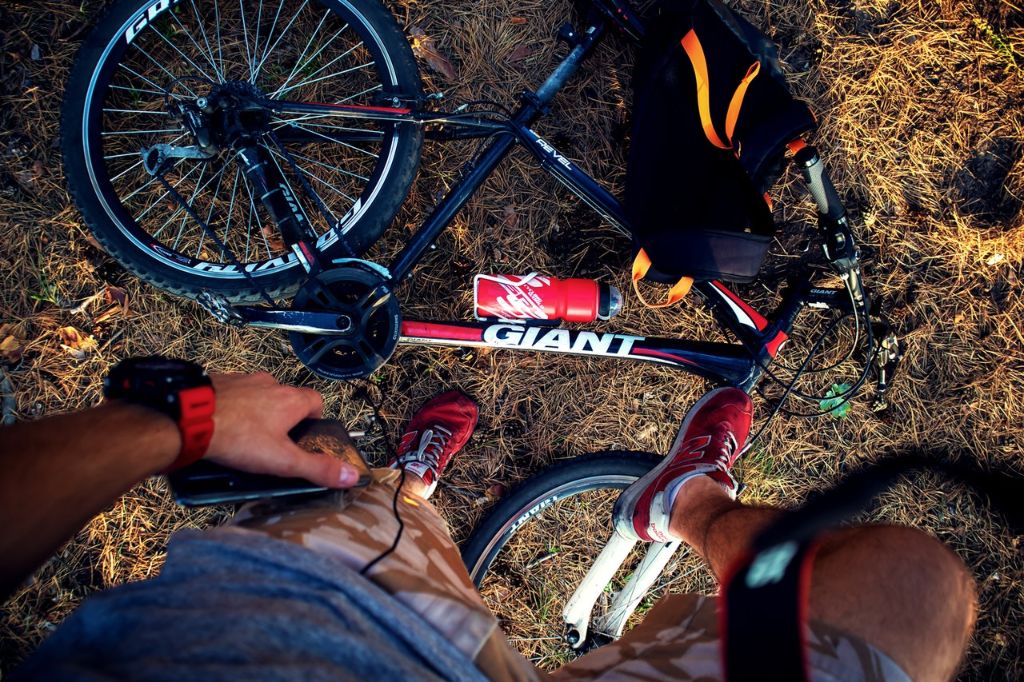Several factors influence trackers’ accuracy
Research shows us that wearable fitness trackers are influenced by a variety of factors when it comes to their accuracy. These factors can be divided into four main categories.
- The algorithm used by the tracker
- The sensors used on the tracker
- The body part you wear it on (finger, wrist, chest)
- The type of activity tracked

Most mainstream trackers are reasonably accurate
Studies suggest that most mainstream devices are able to reliably measure heart rate, number of steps, distance, and sleep duration. The only measurement that is still considered inadequate is energy consumption. Let’s take a look at a few caveats for these measurements.
Step count – Most devices do really well when counting steps during brisk walking. When it comes to day-to-day activities and intermittent walking, devices that are attached to the finger or hand more frequently miscount hand movements as steps.
Sleep quality – Most devices tend to overestimate hours slept while underestimating the number of waking moments. Despite this, total sleep duration is reliable. When it comes to sleep quality and efficiency, the technology isn’t very reliable yet.
Calories burned – Fitness trackers that estimate your calorie burn often do so based on laboratory averages. This is the cause of large margins of error ranging from 10% to 23%.
Some of these inaccuracies are not a big deal if you’re using a fitness tracker just to get a sense of a general trend. But if you start basing important decisions on the data given, you could run into problems.
Calories burned are the Achilles’ heel
Let’s look at an example that illustrates why calories burned are the most likely fitness tracker measurement to do more harm than good. Consider a situation where you go for a ride and your fitness tracker tells you that you burned 500 kcal in total. You might think that your recovery snack should cover those 500 kcal. Unfortunately, that could be quite far off.
If we take into account the average error of 15%, your ride might have burned as little as 425 kcal. And we have to also note that cycling is not responsible for the whole 425 kcal. An average 80-kg person burns around 1,2 kcal per minute even when doing nothing. This means if your ride took around 90 minutes, you would have burned around 100 kcal in that time even if you stayed home. This makes your ride responsible only for about 325 kcal.
Plus, we know that estimating calorie intake is also quite hard to do accurately. Food labels are allowed to have up to 20% error in the calorie number. This means you could be eating as much as 600 kcal when a snack says it’s 500 kcal. In this extremely unlucky scenario, it would be up to 275 kcal more calories eaten than calories burned. If you’re trying to lose weight, that could be close to your whole daily calorie deficit gone.
Tips to increase your fitness tracker’s accuracy
It’s clear that calorie estimates shouldn’t be the main reason to use a fitness tracker. But when it comes to the other measurements, you can rely on the numbers you get. Here are a few tips to make sure those numbers are as precise as they can be.
- Wear your fitness tracker firmly on your wrist. It is especially important for heart rate measurements that the tracker stays in one place and moves as little as possible.
- Wear your fitness tracker on your non-dominant hand. This is important for step counting. You do a lot more varied movements with your dominant hand that could confuse the tracker into thinking you’re walking.
- Dive deep into the setting. If your tracker allows, input your height, weight, age, and stride length. You can often also adjust sleep tracking sensitivity and automatic activity recognition.
Do the relatively accurate data that fitness trackers provide serve as a source of motivation? The next article will explore what exactly increases our motivation to live healthier when using fitness trackers.




